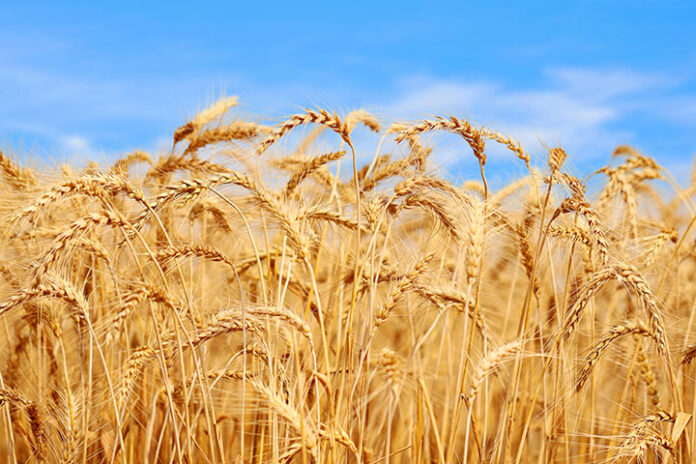Pakistan’s wheat planting area has fallen by 6.5% in 2025 compared to last year, even as total production is estimated at 29 million tonnes, about 5% above the five-year average, the Food and Agriculture Organisation (FAO) of the United Nations said.
The decline in sown area is attributed to the removal of the minimum support price (MSP) in May 2024 and low domestic wheat prices during planting, which led some farmers to switch to more profitable crops such as vegetables, oilseeds, and condiments, according to FAO’s Global Information and Early Warning System (GIEWS).
Yields in irrigated regions remain above average, but crop losses occurred in rain-fed areas, which account for roughly 20% of total wheat plantings, and in some irrigated areas in northern Pakistan due to irrigation water shortages.
Planting for the 2025 paddy crop was completed in early August, though severe localized flooding between June and early August forced some replanting. Floods and landslides particularly affected northern and northwestern regions, Khyber Pakhtunkhwa, and parts of Punjab, Sindh, and Balochistan, causing crop losses and disruption of agricultural livelihoods.
During the 2024-25 marketing year, wheat imports fell significantly below the five-year average following an import ban in July 2024. The government also continues to ban exports of wheat flour, including refined flour, semolina, and products made from imported wheat.
Rice exports, Pakistan’s main cereal export, are preliminarily forecast at 5.5 million tonnes for 2025, while maize exports for the 2025-26 marketing year are expected at around 500,000 tonnes.
Domestic wheat flour prices, the country’s staple food, fell roughly 50 percent between March 2024 and July 2025 due to consecutive good harvests, large imports in 2023-24, and the halt in government wheat procurement under MSP since 2024.
The MSP removal formed part of economic reforms required by the International Monetary Fund (IMF) for a $7 billion bailout approved in 2024.




